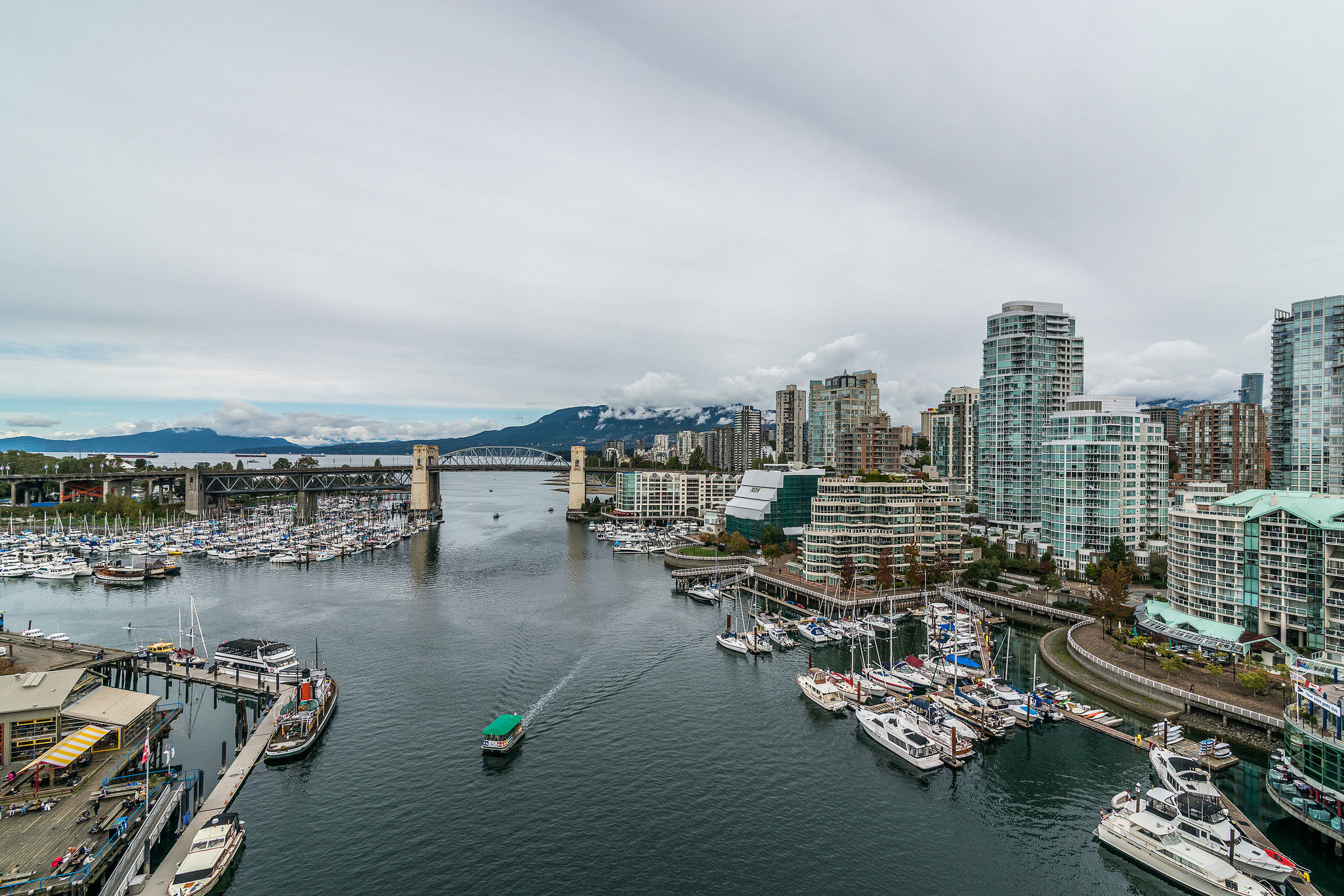Only one in nine Canadians say they have “a great deal of trust” in mainstream news media, according to an Ipsos poll conducted last year. The percentage is even lower among younger people aged 18-34. What’s eroding that trust?
Perceptions, no doubt, that too much media is soft on facts, strong on spin, even … fake.
But here’s another potential reason. Too much of our news media focuses on “What went wrong yesterday and who is to blame?” Too rarely does our news media investigate: “What might go right tomorrow? And who is showing the way?”
Yet citizens yearn to learn about examples of positive change. If we don’t know what is working, we can’t vote and push for more of it. Identifying potential solutions to our society’s challenges is key to our public conversation. Solutions seekers skilled in the ways of media – reporting facts, explaining ideas in clear words and pictures – are vital to a healthy democracy.
So vital, that Solutions Media is the theme for this year’s Vancouver Media Democracy Day — a day of workshops, roundtables and design jamming to be held Nov. 18 at the Vancouver Public Library from 10 a.m. to 6 p.m..
When I and other MDD organizers we went looking for solutions media in our region we found several strands.
The first strand is solutions-focused journalism practiced, some days, by the CBC and corporate media, but increasingly done by digital independents such as Discourse Media, The National Observer, DeSmog Canada, Megaphone Magazine, Hakai Magazine and, a North American pioneer in this area, The Tyee Solutions Society. These entities report on solutions at least three ways.
- They may report on a successful local experiment which could be scaled up — for example, the lives saved by the Insite safe injection clinic in Vancouver’s Downtown Eastside, now being replicated across Canada.
- They may tell us about solutions happening elsewhere — for example, the fact that all of Holland’s electric trains run on wind energy, as reported in Victoria-based Hakai Magazine. Could wind and tidal power change the energy equation in B.C?
- Or journalists might live the solution and bring it alive through personal storytelling. That’s what J.B. MacKinnon and Alisa Smith did when they launched the 100-Mile diet – and the local food revolution – on The Tyee back in 2005.
A second strand of solutions media includes social innovators who use media creatively to solve the issues they are tackling. Media Democracy Day will showcase some of these, including how Affinity Bridge employs data visualization to tell First Nations success stories; how Dogwood Initiative used digital tools to press for reform of B.C.’s political donations “wild west;” and how Karmik uses social media to alert youth about safe practices amidst the opioid crisis.
A third strand includes news model innovators — actors striving to find solutions to the crisis in media itself. How, in an era when Facebook and Google are sucking up most ad dollars and traditional news business models are crumbling, can we re-invent media to fit this new era?
To see if we can come up with creative solutions to this very question, Vancouver MDD will be hosting an interactive “design jam” led by Vancouver Design Nerds – an organization founded in 2004 that “promotes, facilitates, and supports positive social, environmental and urban transformation by providing a platform for face-to-face creative collaboration.” The MDD design jam will come up with concrete ideas for making media more trustworthy and sustainable – attendees are invited to not watch, but participate in the solutions-making.
Digital tools and engaged citizens are driving a new era for solutions media. Vancouver’s Media Democracy Day , this year and going forward, wants to be a hub and showcase for the vibrant scene in this corner of Canada.

